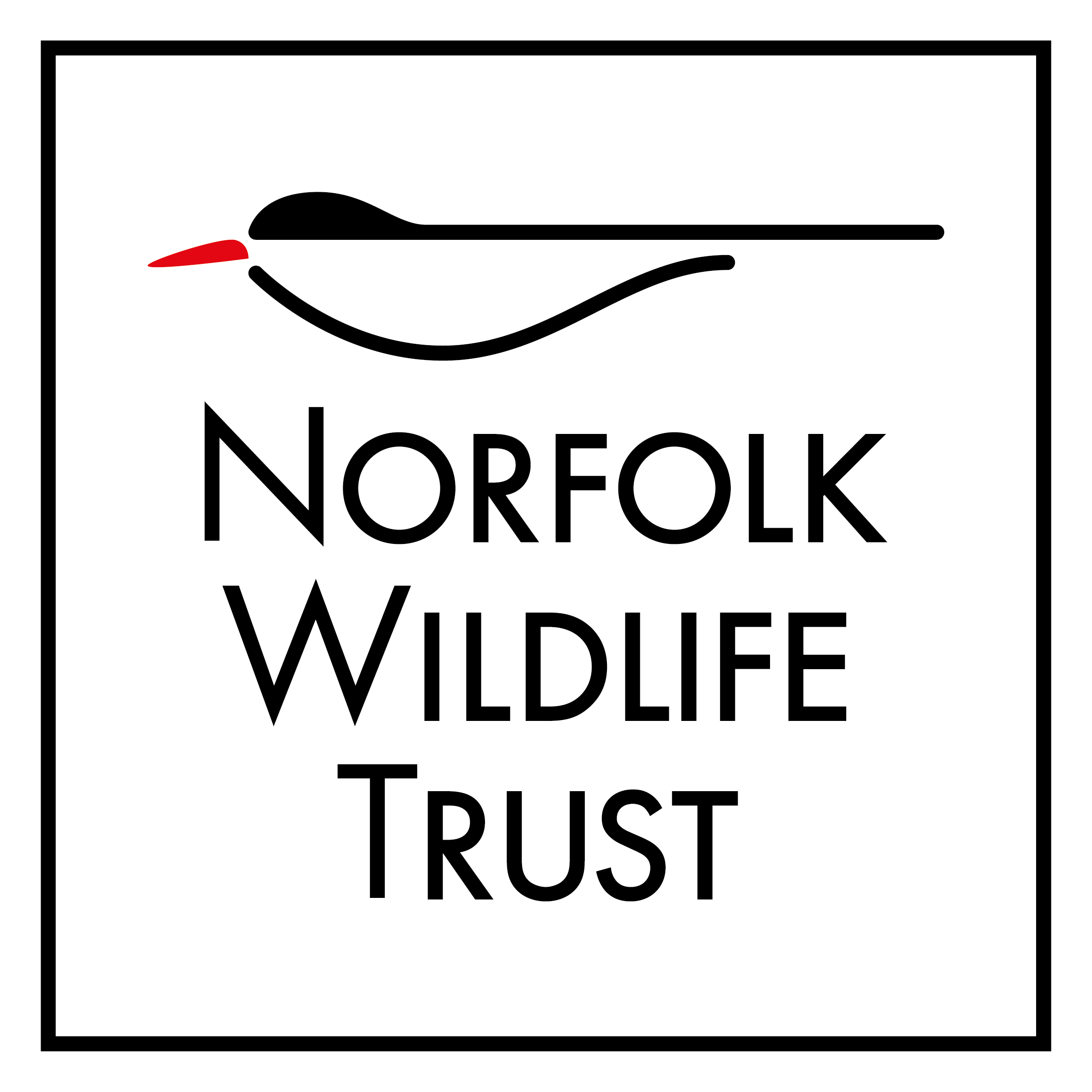Search
Search
Velvet swimming crab
Look out for the bright red eyes of this speedy crab in rockpools - but be careful, they're notoriously feisty and will give a painful nip!
My career path
As a Trainee Reserves officer at Rutland Water Nature Reserve, Dale is lucky enough that he can take his passion for wildlife to work with him, with a job that will set him up for a career in…
Sign up for nature news
Blog
No matter what your interest, whether it be farming, gardening or marine life, we have a blog for you! All our blogs are written by people with a passion for nature.
Three new Norfolk schools go wild thanks to new funding
We’ll be supporting three Norfolk Primary schools to get hands on with nature thanks to new funding from Ørsted’s Hornsea 3 Community Fund.
Three-spined stickleback
A diminutive but aggressive predator, the three-spined stickleback hunts tadpoles and small fish. It is also known for fiercely protecting its nest of eggs until they hatch. Look for it in ponds,…
Bewick's swan
A winter visitor, the well-travelled Bewick's swan is the smallest of our swans. It has more black on its yellow-and-black bill than the whooper swan. Look out for it around Eastern England…
New report highlights need for urgent action to save Norfolk's nature
Today, alongside leading wildlife organisations, we are publishing a landmark State of Nature 2023 report. It shows that nature is continuing to decline at an alarming rate across the UK, which is…
Whooper swan
The whooper swan is a very rare breeding bird in the UK, but has much larger populations that spend winter here after a long journey from Iceland. It has more yellow on its yellow-and-black bill…
Mute swan
One of our most iconic waterbirds, the mute swan is famed for its grace and beauty. It is also considered to be a romantic of the bird world because partners form a perfect love heart with their…
